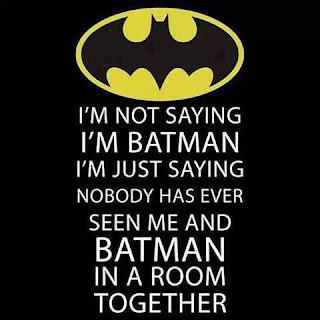Publicity and Controversy: When news spreads about a book being banned or burned, it generates significant publicity and media attention. People are naturally curious about what is deemed so controversial or dangerous in the book that it warrants such extreme actions. This controversy creates a buzz around the book and piques the curiosity of potential readers.
Increased Awareness: The act of banning or burning a book brings attention to the author and their work. People who might not have been aware of the author or their books before now become curious and interested in exploring what they have written. It sparks conversations and discussions about freedom of speech, censorship, and the power of literature, drawing more attention to the books and their themes.
Counter-cultural Appeal: Banning or burning a book often leads to a perception of rebellion against authority or an attempt to suppress free expression. This can attract individuals who are naturally inclined to resist or challenge censorship. The banned books gain a counter-cultural appeal, with people wanting to read them as a form of protest or to assert their intellectual freedom.
Symbolic Value: Banned or burned books can acquire a symbolic value that transcends their literary content. They represent a struggle between creative expression and control, and reading them becomes an act of defiance or support for intellectual freedom. This symbolism can resonate with a broader audience, drawing more attention to the books and encouraging sales.
Strengthening Fan Base: Existing fans of the author or series may rally together when they perceive that their favorite books are under attack. They might actively support the author by buying more copies of the books, sharing the news of the ban, or organizing events to discuss the importance of intellectual freedom. This collective effort can significantly boost sales and increase the visibility of the books.
Overall, the act of banning or burning books by schools or organizations often backfires and leads to increased sales and popularity. The controversy and publicity surrounding the ban attract new readers, and the symbolism of rebellion and intellectual freedom associated with the books can generate a passionate response from both existing fans and new supporters.
Here are a few examples:
"Harry Potter" series by J.K. Rowling: The immensely popular "Harry Potter" series has faced challenges and bans in some schools and religious organizations. The books were criticized for promoting witchcraft and wizardry, leading to attempts to ban them. However, these controversies only served to increase the books' popularity, making them even more widely read and cherished by fans worldwide.
"The Golden Compass" (Northern Lights) by Philip Pullman: This fantasy novel, part of the "His Dark Materials" trilogy, has faced bans and challenges due to its critical examination of organized religion. Some religious organizations have objected to its themes and questioned its appropriateness for young readers. The controversy surrounding the book contributed to increased sales and a higher level of public awareness.
"The Catcher in the Rye" by J.D. Salinger: While not strictly a fantasy book, this classic novel has faced bans and challenges for its explicit language and its themes of teenage rebellion and sexuality. The attempts to ban the book only fueled its popularity, making it a celebrated and widely read work of literature.
It's important to note that while these examples primarily involve book challenges or attempts at banning, actual book burnings are rare occurrences in modern times. However, the principle remains the same: when a book is targeted for censorship or restriction, it often gains more attention and becomes more popular as a result.
















